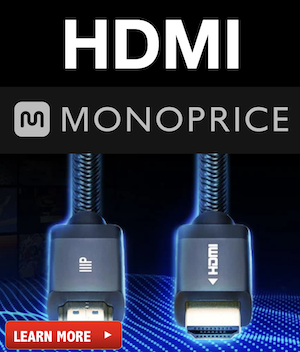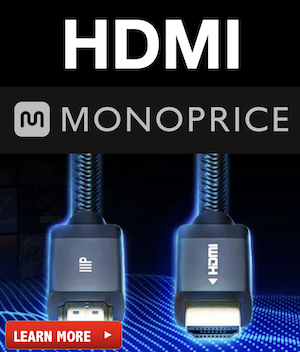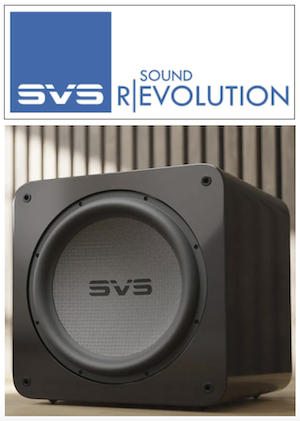Todd Anderson
Editor / Senior Partner
More
- Preamp, Processor or Receiver
- StormAudio ISP.24 MK2
- Main Amp
- Emotiva XPA-5
- Additional Amp
- Emotiva XPA Gen3 2.8 multichannel amp
- Other Amp
- Denon X8500H
- DAC
- THX ONYX
- Computer Audio
- AudioEngine A2+
- Universal / Blu-ray / CD Player
- Kaleidescape TERRA
OPPO UDP-203
Panasonic UB9000
- Streaming Equipment
- iFi Audio Zen Blue
- Streaming Subscriptions
- Spotify
- Front Speakers
- GoldenEar Technology Triton One.R
- Center Channel Speaker
- GoldenEar Technology SuperCenter Reference
- Surround Speakers
- GoldenEar Invisa MPX
- Surround Back Speakers
- GoldenEar Invisa MPX
- Front Height Speakers
- SVS Prime Elevation x4 (Top Front, Top Mid-Front)
- Rear Height Speakers
- SVS Prime Elevation x4 (Top Middle, Top Rear)
- Subwoofers
- Quad Array SVS SB16s
- Other Speakers
- Behringer 1124p; Aura Bass Shaker Pros; SuperSub X
- Screen
- Seymour Screen Excellence, Enlightor NEO AT Screen
- Video Display Device
- JVC NZ8
- Other Equipment
- Sony 65-inch A95L OLED
Sony 65-inch X900F
ZeroSurge 8R15W x 2
ZeroSurge 2R15W x 2
Finding a player that can play SACDs isn't easy these days. That's one reason people scrap for older OPPO Blu-ray and 4K players.
I agree with Mike. The Panasonic 820 is a great player and the onboard tone mapping is a nice feature. It takes a little bit of digging around to get the settings right, but once you do, you'll pretty much have a guaranteed good visual experience with any 4K disc you put in the player.
As for upscaling. I'd assume that any upscalling is done by the earliest component in your chain. As the signal gets passed along, it will appear as 4K, those those components will just pass it through.
I agree with Mike. The Panasonic 820 is a great player and the onboard tone mapping is a nice feature. It takes a little bit of digging around to get the settings right, but once you do, you'll pretty much have a guaranteed good visual experience with any 4K disc you put in the player.
As for upscaling. I'd assume that any upscalling is done by the earliest component in your chain. As the signal gets passed along, it will appear as 4K, those those components will just pass it through.










